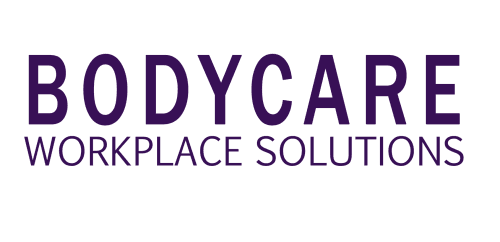Lost-Time Injuries And Strategies To Reduce Them

Employees continue to be at risk of serious work-related injuries. Nearly half a million instances were reported by the Australian Bureau of Statistics between 2019-20, the majority of which can be classified as Lost-Time Injuries or LTIs. By definition, an LTI is an injury sustained on-the-job that may result in:
- An inability to perform work duties for a period of time (as little as one shift)
- A need for time off for recovery
- A need for modified work duties while recovering
- Permanent absence from work
This ‘lost time’ can come as a consequence of temporary body stressing, sustaining a fall or localised trauma, permanent disability or even, fatality.
Source: Safe Work Australia
As well as the immeasurable impacts to personal health and wellbeing on those who experience an LTI, there are also quite hefty implications for a business’s bottom line. Safe Work Australia estimates that incidents resulting in at least one shift of time lost ended up costing businesses $3.1 billion in 2012-13. When taking into account workers’ compensation premiums, this figure rose to $11.5 billion.
The following strategies can guide employers in implementing controls to minimise the risk of LTIs and lost productivity, while improving overall workplace safety in the process.
Perform Job Task Analysis
Job Task Analysis (JTA) involves a comprehensive examination and breakdown of the demands specific to a particular task within a workplace and is undertaken by an experienced Occupational Physiotherapist or Health Consultant.
The JTA further illustrates the job demands and aids better comprehension of its physical, psychological, cognitive, behavioural and environmental components. Performing a JTA can help to ensure that workers have the capacity to meet all inherent requirements of a job and in turn, can provide an employer more certainty around recruitment of a suitable candidate. Up to date task analyses can also help guide recommendations for return to work and alternate duties for workers whose capacity may have changed.
Have an Injury Prevention Program
An effective injury prevention and management program provides a mechanism for early intervention when an incident occurs. By acting early, the impact and duration of an LTI can be minimised significantly and there is a greater chance of improved recovery outcomes, allowing employees to lose less time from work.
Early intervention programs have been shown to reduce the length of time employees are away from work and reduce the likelihood of further absenteeism. They have also been found to foster a productive and supportive work environment, increasing the likelihood of employees’ return to work in the long term and reducing the cost of premiums to employers.
Conduct Regular Assessments
An employer should conduct regular assessments of not only employee fitness to undertake specific job tasks but also of any evolving risks associated with a role.
By requiring that all workers undergo a fit-for-duty assessment, employers can ensure that their current and prospective employees possess both the physical and psychosocial capacities to perform their job tasks safely.
Risk assessments should be conducted when new machinery is implemented, a new worker is introduced or procedures are changed, as a way of identifying and determining any potential hazards or risks to workers.
Provide Training and Education
Ensuring adherence to safe work practices often starts with the provision of targeted training and education. Raising awareness around LTIs will also help to build employees’ understanding of the need to maintain the safety of themselves and their colleagues in the workplace.
Some relevant topics to be covered might include:
- Manual handling training
- Injury prevention training and warm-up programs
- Preventative conditioning programs
- Self management programme – Spiky balls / TheraTube or TheraBand
- Harm minimisation strategies
- Risk/hazard identification and reporting
- Task-specific training and induction
- Lifestyle advice and health coaching
- Mental Health Awareness and Training
Build Culture Around Safety
A positive safety culture should be prioritised as part of a workplace’s objectives to support adherence to work safe practices. This culture can be nurtured by:
- Actively committing to a safety program at all levels of leadership
- Communicating workplace values and expected behaviours
- Increasing risk/hazard awareness behaviours
- Effectively implementing safety management systems
- Fostering positive safety attitudes and behaviours
- Rewarding and recognising employees who engage in safe working practices
Invest In PPE
Personal Protective Equipment should be provided to employees to allow them to carry out their tasks in a safe manner. The equipment should be of high quality in order to significantly reduce the potential for workers to sustain any LTIs.
The use of PPE should also be monitored to ensure that it is being applied correctly and that all associated safety rules and procedures are being followed.
Build A Mentally Healthy Workplace
Providing a mentally healthy workplace that keeps stress to a minimum should be the aim of all organisations. From 2020-21, WorkSafe Australia reported that 8% of all serious claims were as a result of mental stress – a number that is growing each year. Understanding what causes psychological injury is the first step to avoiding them. From there, it’s important to have measures in place to:
- Identify and control risks to prevent harm
- Manage harm when it does occur
- Support recovery
If you would like more assistance in any of the above mentioned areas, Bodycare can assist. Reach out to our team today for more information.



